| Programme annuel & rapport de suivi technique |
-

Rapport d'activités 2024
-
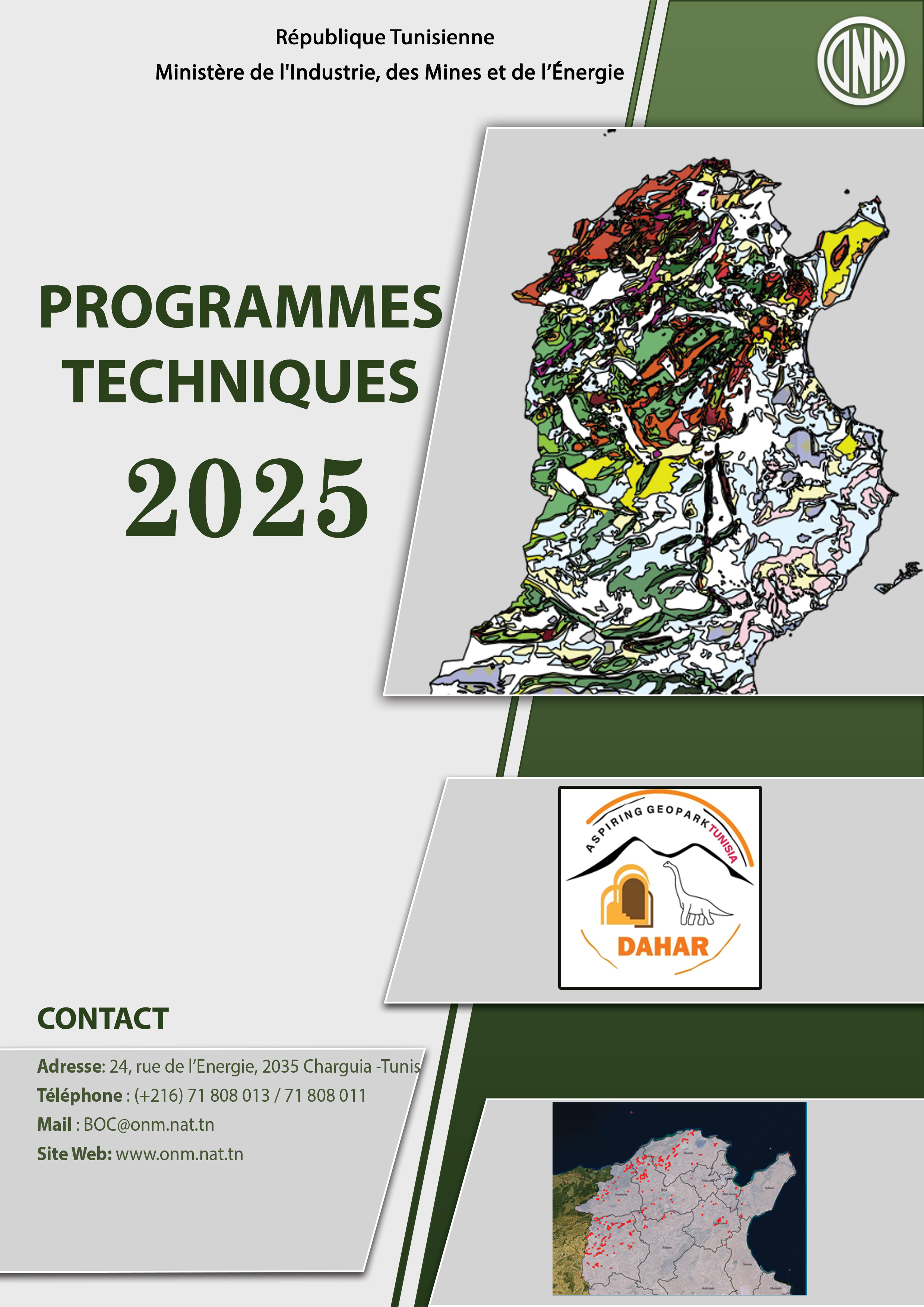
Programmes Techniques 2025
|
| Géocatalogue |
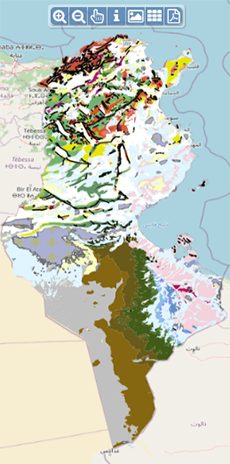
|
| Appels d'Offres |
-

DÉSIGNATION D'UN AVOCAT OU UN CABINET PROFESSIONNEL D’AVOCATS POUR REPRÉSENTER L'ONM
-
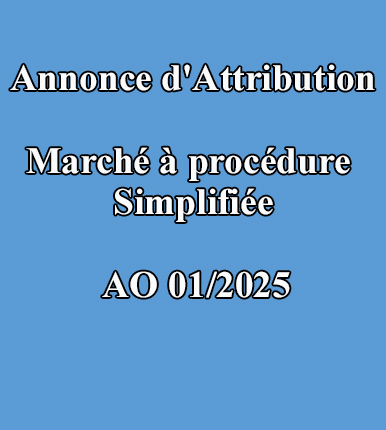
Annonce d'attribution Marché à procédure simplifiée AO01/2025
-

DESIGNATION D’UN REVISEUR COMPTABLE POUR LES EXERCICES 2025-2026-2027
|
|
Investir en Tunisie |
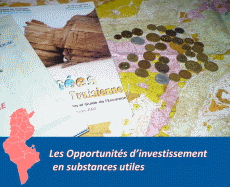
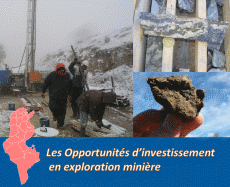
|
|
|
|
|
::
Documentation and Editions
>>
Research library
|
| |
|
[
Search by author
]
[
Search keyword
]
[
Search by index
]
[
Search by category
]
|
title of the reference :
|
Diagenesis and formation water chemistry of triassic reservoir sandstones from southern Tunisia.
|
|
Publication Date:
|
1994
|
|
Author :
|
Morad S., Ben Ismail Mohamed Hédi, De Ros, Al Aasm I.S.
|
|
Catalogue type :
|
Livre
|
|
Catalogue reference :
|
Vol.41 (NLD) Sedimentology Vol.41 Diagenesis and formation water chemistry of triassic reservoir sandstones from southern Tunisia. The fluvial Triassic reservoir subarkoses and arkoses (2409.5-2519.45 m)of the El Borma oilfield, southern Tunisia, were subjected to cementation by haematite, anatase, infiltrated clays, kaolonite and K-feldspar at shallow burial depths from meteoric waters. Subsequently, basinal brines controlled the diagenetic evolution of the sanstones and resulted initially in the precipitation of quartz overgrowths, magnesian siderite, minor ferroan magnesite and anhydrite. the enrichment of siderite en 12C isotope results from derivation of carbon from the thermal decarboxylation of organic matter. During further burial, the precipitation of dickite and pervasive transformation of kaolonite into dickite occurred, followed by the formation of microcrystalline K-feldspar and quatz, chlorite and illite, prior to the emplacement for oil. Present day formation waters are Na-Ca-Cl brines evolved by the evaporation of seawater and water/mineral interaction and are in equilibrium with the deep burial minerals. These waters are suggested to be derived from the underlying Silurian and Devonien dolomitic mudstones. bibliogr. diagenèse ; radiocarbone ; Trias ; Silurien ; Dévonien ; Tunisie ; Tunisie Sud Occidentale ; el Borma Ben Ismail Mohamed Hédi De Ros Al Aasm I.S. Morad S. Roches Sédmentaires, Sédimentologie
|
|
Indexation decimale :
|
Roches Sédmentaires, Sédimentologie
|
|
Keywords :
|
diagenèse ; radiocarbone ; Trias ; Silurien ; Dévonien ; Tunisie ; Tunisie Sud Occidentale ; el Borma
|
|
Summary :
|
The fluvial Triassic reservoir subarkoses and arkoses (2409.5-2519.45 m)of the El Borma oilfield, southern Tunisia, were subjected to cementation by haematite, anatase, infiltrated clays, kaolonite and K-feldspar at shallow burial depths from meteoric waters. Subsequently, basinal brines controlled the diagenetic evolution of the sanstones and resulted initially in the precipitation of quartz overgrowths, magnesian siderite, minor ferroan magnesite and anhydrite. the enrichment of siderite en 12C isotope results from derivation of carbon from the thermal decarboxylation of organic matter. During further burial, the precipitation of dickite and pervasive transformation of kaolonite into dickite occurred, followed by the formation of microcrystalline K-feldspar and quatz, chlorite and illite, prior to the emplacement for oil. Present day formation waters are Na-Ca-Cl brines evolved by the evaporation of seawater and water/mineral interaction and are in equilibrium with the deep burial minerals. These waters are suggested to be derived from the underlying Silurian and Devonien dolomitic mudstones.
|
|
Exemplaries :
|
TU1810B, TU1810A
|
|
|
|
|
|
|
|



